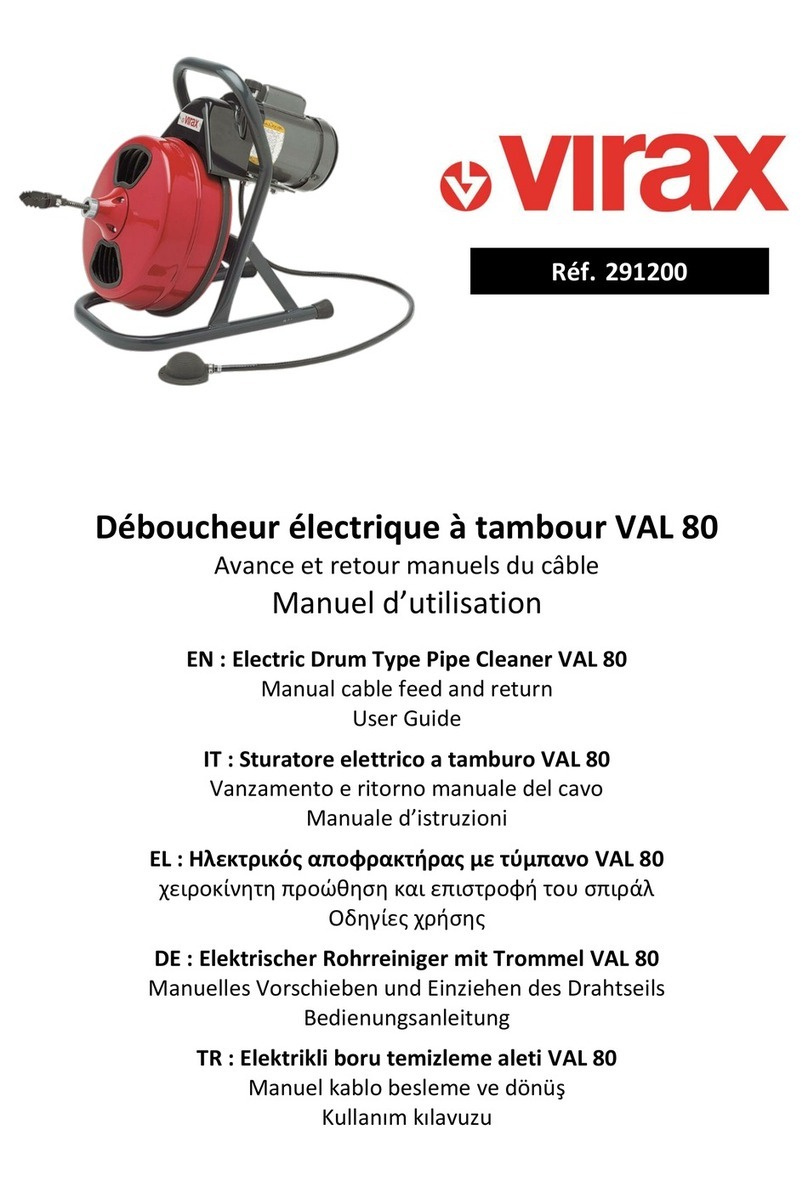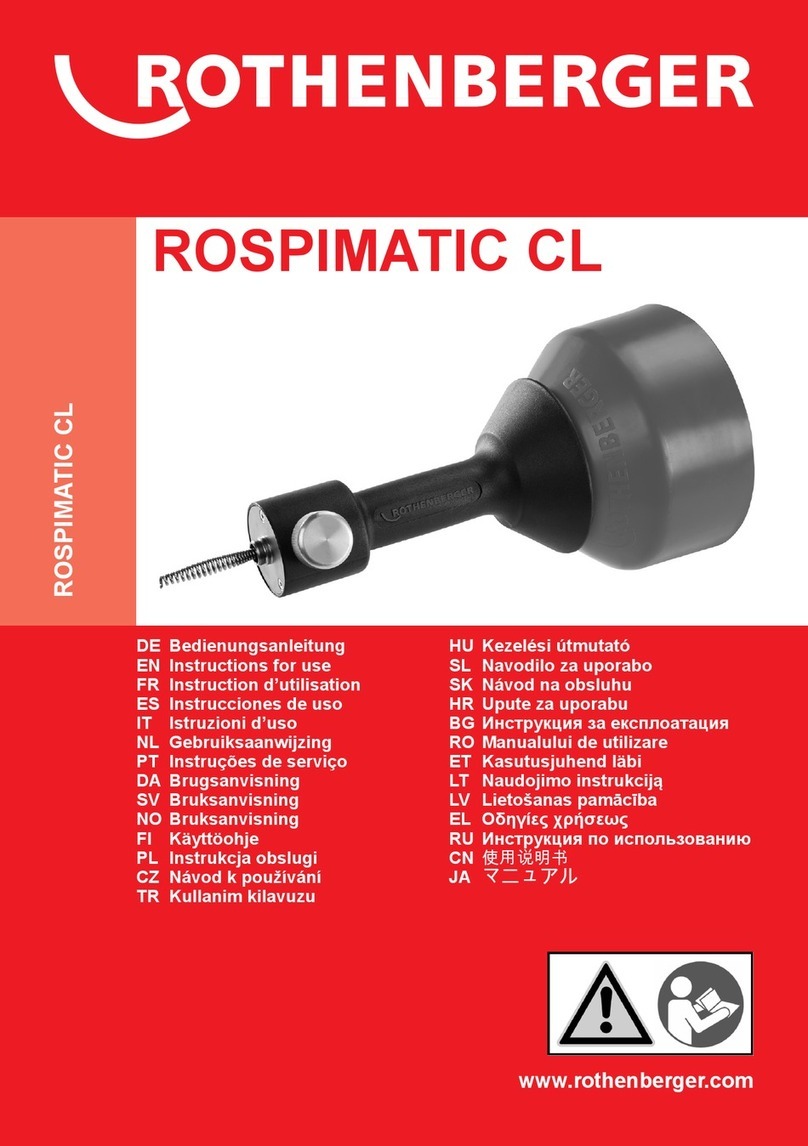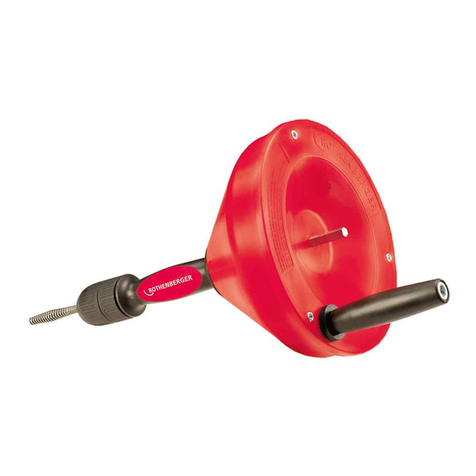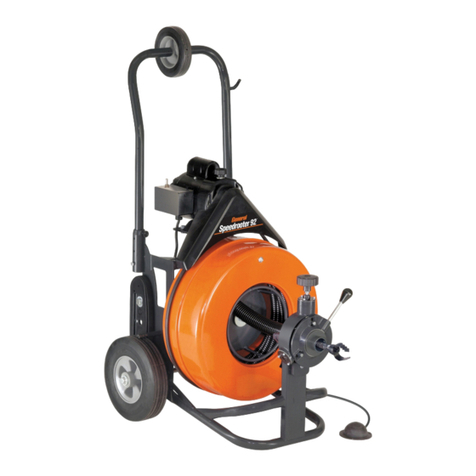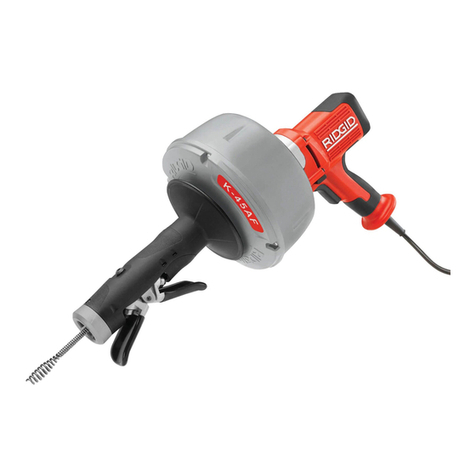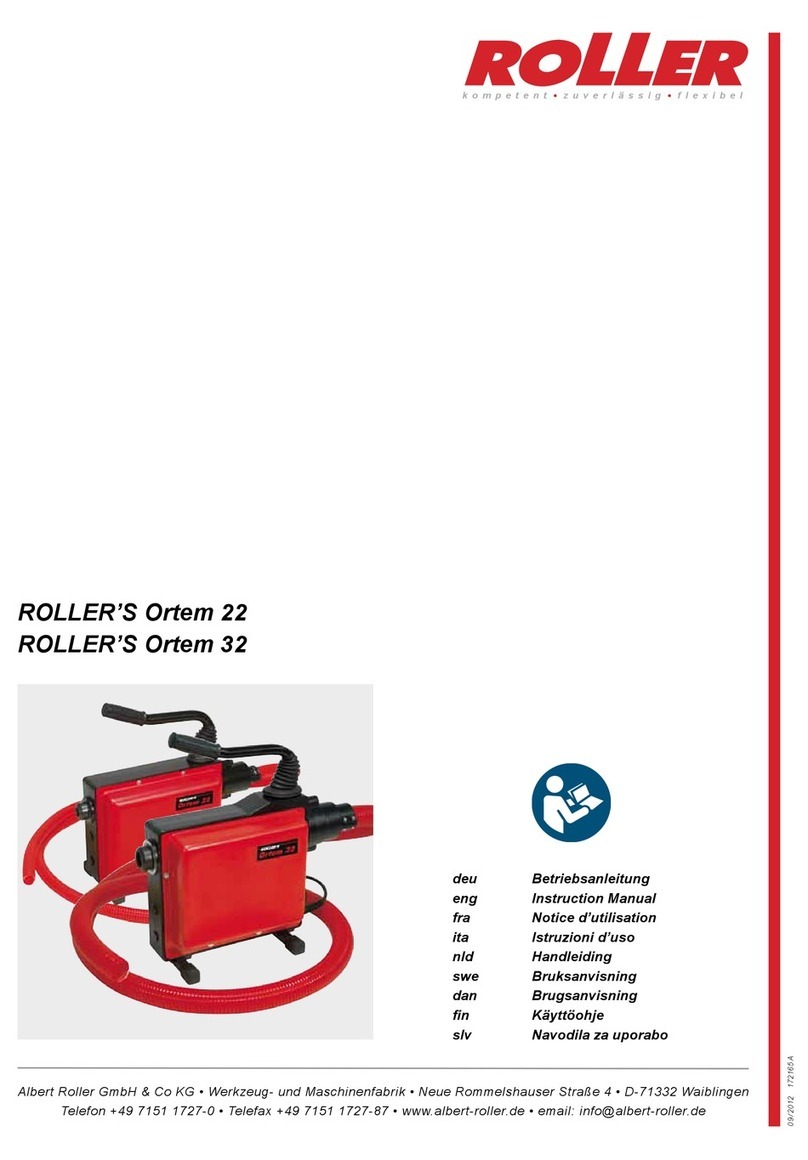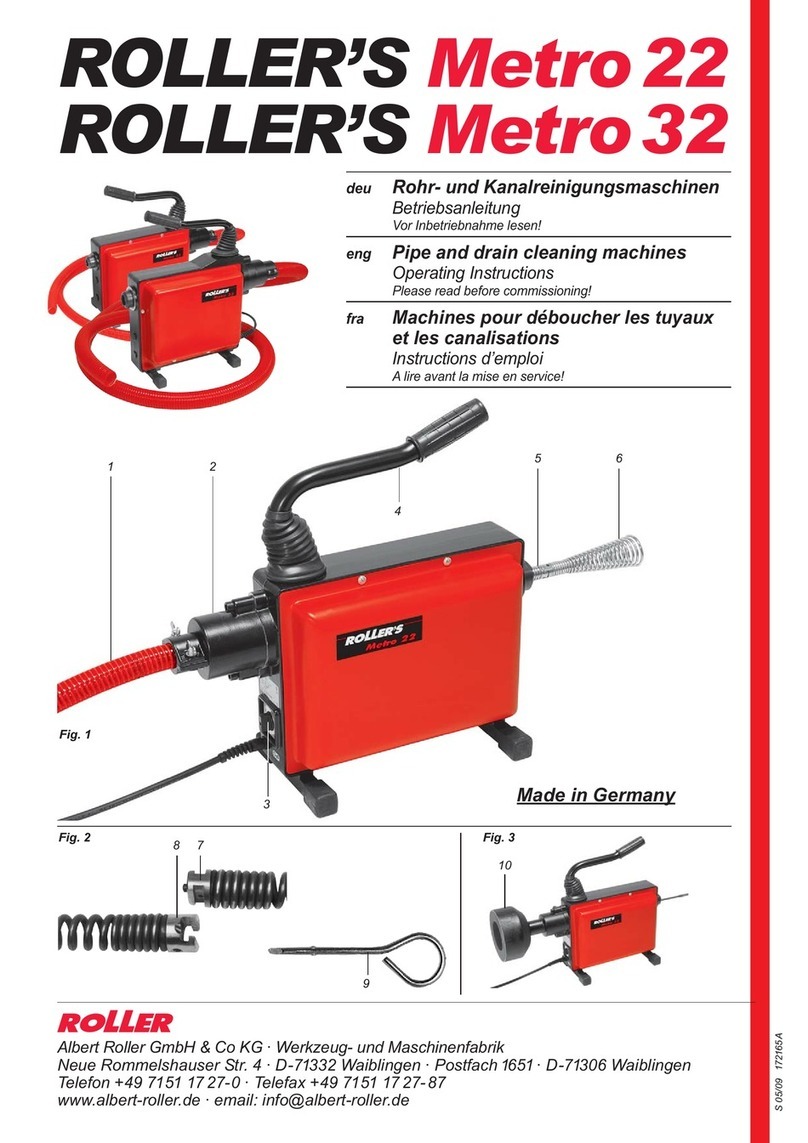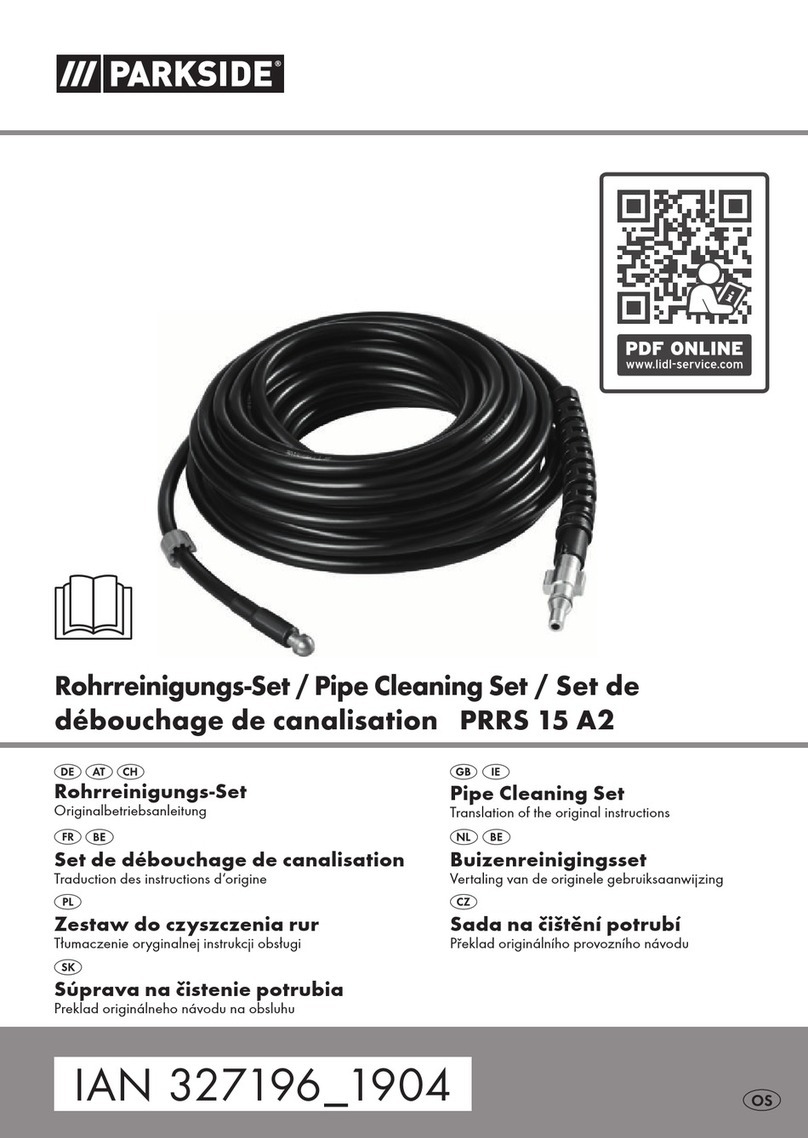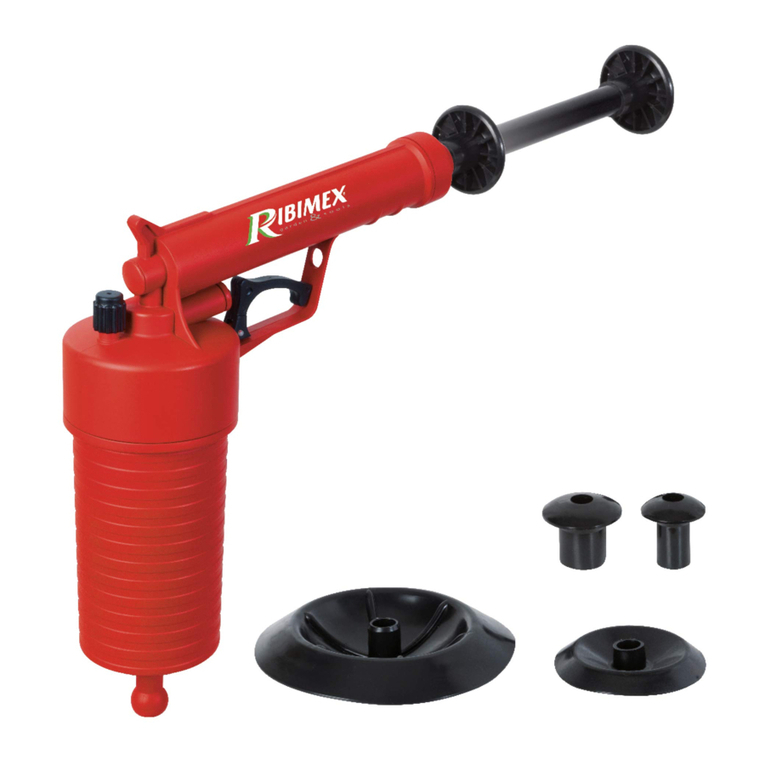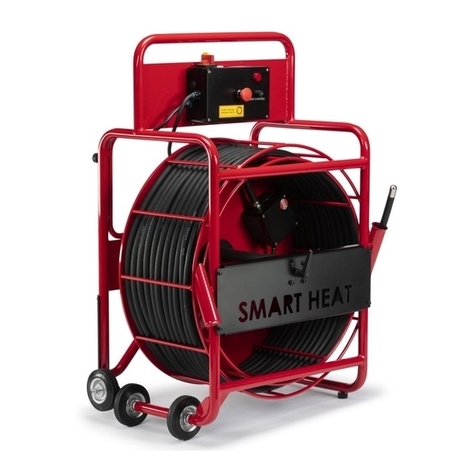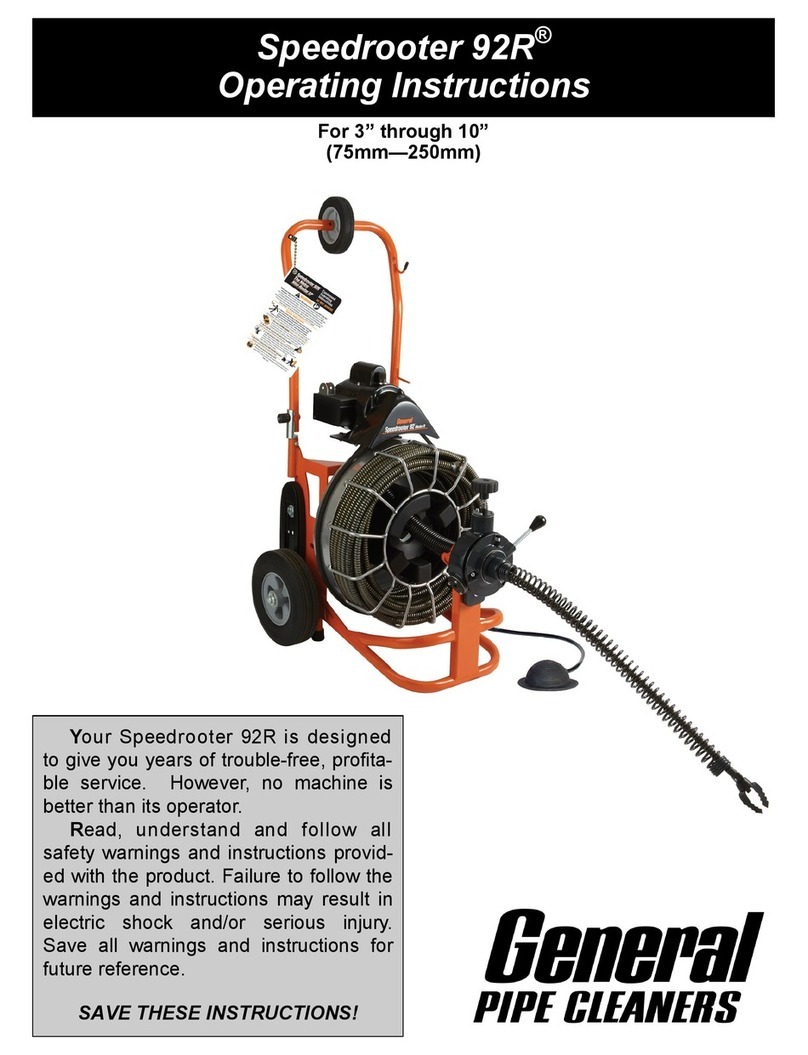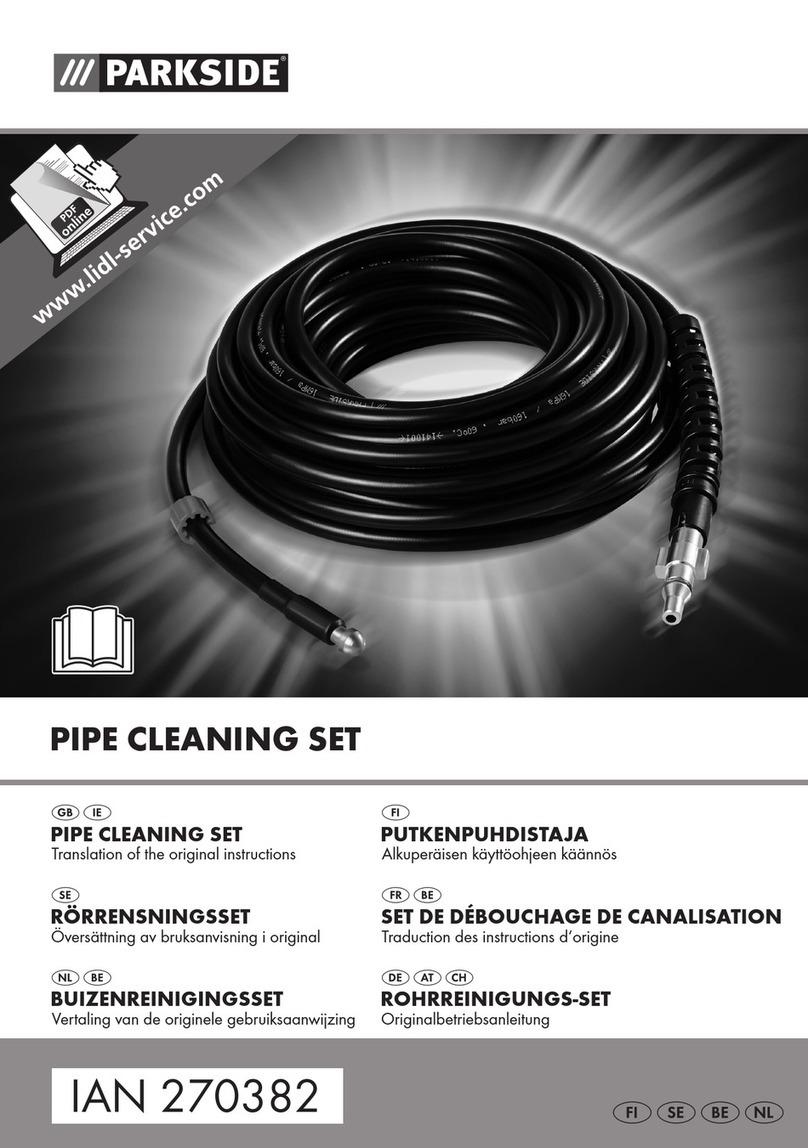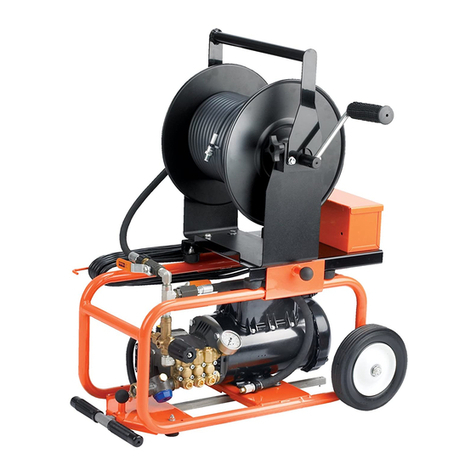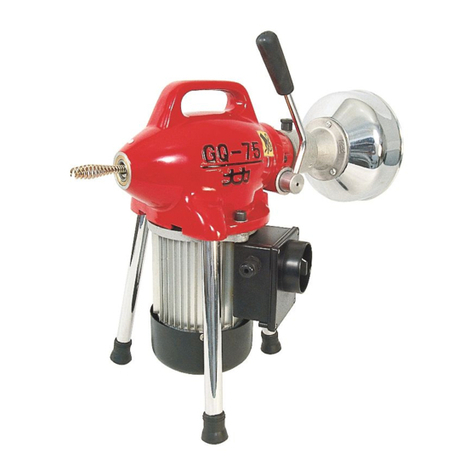
Page 3
Table of Contents
Warning ............................................................ 2
Table of Contents............................................. 3
OPERATING SECTION
Model 758 Water Jet Specifications.................. 4
Model 758 Water Jet Features ......................... 5
Jet Applications Areas ...................................... 6
Uncrating and Prep ....................................... 7-8
Pump and Pressure System ............................ 8
High Pressure Water Jetting ............................ 9
Water Tank Filling ........................................... 10
Operator Controls ..................................... 10-11
Engine Operating Procedure .......................... 12
Setting up for Operation ................................. 13
Power Rewind Operating Instructions ............ 14
Pulsation ........................................................ 15
Lubrication & Maintenance ........................ 16-18
Fuel, Oil & Coolant Recommendations .......... 19
Operating Instructions ............................... 20-21
Pipe Jetting Procedure ................................... 21
When Obstruction Are Encountered .............. 22
1/4” Drain Hose .............................................. 22
Wash Down Kit - 73817300 ........................... 23
Mobile Hose Reel - 73816800 (Optional) ........ 23
Venturi Pump - 77763700 (Optional) ............. 24
Cold Weather Protection ................................ 24
758 Pump System Malfunction Chart ............. 25
Troubleshooting .............................................. 26
PARTS & ACCESSORIES SECTION
How To Use Parts & Accessories Section ..... 27
Special Note ................................................... 27
Wiring Diagram .............................................. 28
758 Skid Mount Assembly - 75824300 ...... 29-34
758 Pump Assembly - 75802700 .............. 35-37
758 Fill Reel Assembly - 73815700 ................ 38
758 H.P. Reel Assembly - 75824900 ......... 39-40
758 Power Pak - 75820200 ....................... 41-42
758 Engine Control Box - 75818400 ............... 43
758 Control Panel - 75808300 ........................ 44
758 Water Tank Assembly - 73829500 ........... 45
758 Pump Parts List ...................................... 46
758 Pump Torque Specifications .................... 46
758 Pump - Exploded View ............................ 47
758 Pump Repair Kits .................................... 48
Unloader - 75802800 ...................................... 48
Air Foot Switch ............................................... 49
758 Decal Package - 75814400 ..................... 49
758 Accessories............................................. 50
